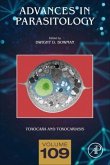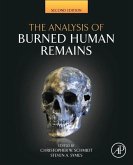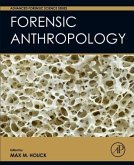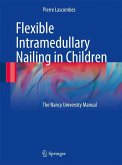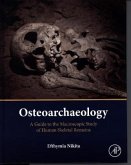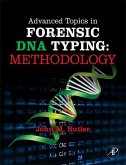In the forensic context it is quite common for nonhuman bones to be confused with human remains and end up in the medical examiner or coroner system. It is also quite common for skeletal remains (both human and nonhuman) to be discovered in archaeological contexts. While the difference between human and nonhuman bones is often very striking, it can also be quite subtle. Fragmentation only compounds the problem. The ability to differentiate between human and nonhuman bones is dependent on the training of the analyst and the available reference and/or comparative material.
Comparative Osteology is a photographic atlas of common North American animal bones designed for use as a laboratory and field guide by the forensic scientist or archaeologist. The intent of the guide is not to be inclusive of all animals, but rather to present some of the most common species which also have the highest likelihood of being potentially confused with human remains.
Comparative Osteology is a photographic atlas of common North American animal bones designed for use as a laboratory and field guide by the forensic scientist or archaeologist. The intent of the guide is not to be inclusive of all animals, but rather to present some of the most common species which also have the highest likelihood of being potentially confused with human remains.
"A fun online portion of a larger textbook, this site of comparative osteology shows hips and shoulders and thighs and shins and more from all sorts of animals: bear, deer, dog, opossum-all helpfully showcased alongside the human equivalent. Intended as a field guide for forensic scientists to help police crime scene investigators figure out what is human and what isn't, the photos are just as useful for figuring out what, exactly, the dog has got in his mouth." --SmithsonianMag.com, March 2013
"At long last we now have a well illustrated, comprehensive photographic guide to distinguish human skeletal remains from a wide range of common animal species. Most previous guides to determine whether a bone was human or animal illustrated a very small number of non-human species. This atlas also illustrates a range of butchery marks and includes prehistoric (stone tools) and historic (metal cleavers, saws and knife marks) found on bones. In addition, Adams and Crabtree illustrate both adult and juvenile animal bones as well as adult and sub-adult human bones. This book is a must for the library of all osteologists or biological scientists called upon to identify human and non-human skeletal remains." --William Bass, Retired, Emeritus Professor of Anthropology, University of Tennessee, Knoxville
"At long last we now have a well illustrated, comprehensive photographic guide to distinguish human skeletal remains from a wide range of common animal species. Most previous guides to determine whether a bone was human or animal illustrated a very small number of non-human species. This atlas also illustrates a range of butchery marks and includes prehistoric (stone tools) and historic (metal cleavers, saws and knife marks) found on bones. In addition, Adams and Crabtree illustrate both adult and juvenile animal bones as well as adult and sub-adult human bones. This book is a must for the library of all osteologists or biological scientists called upon to identify human and non-human skeletal remains." --William Bass, Retired, Emeritus Professor of Anthropology, University of Tennessee, Knoxville


